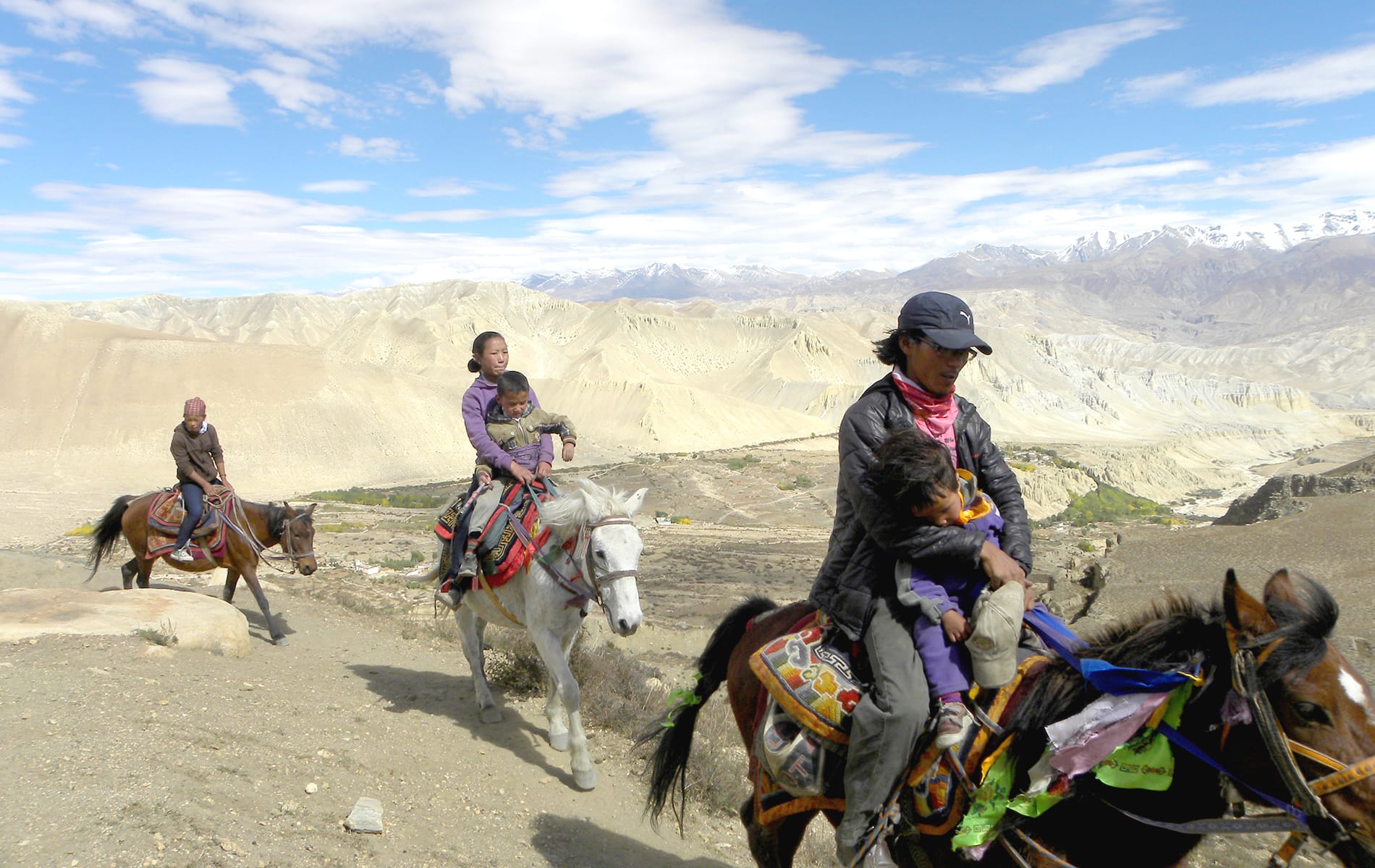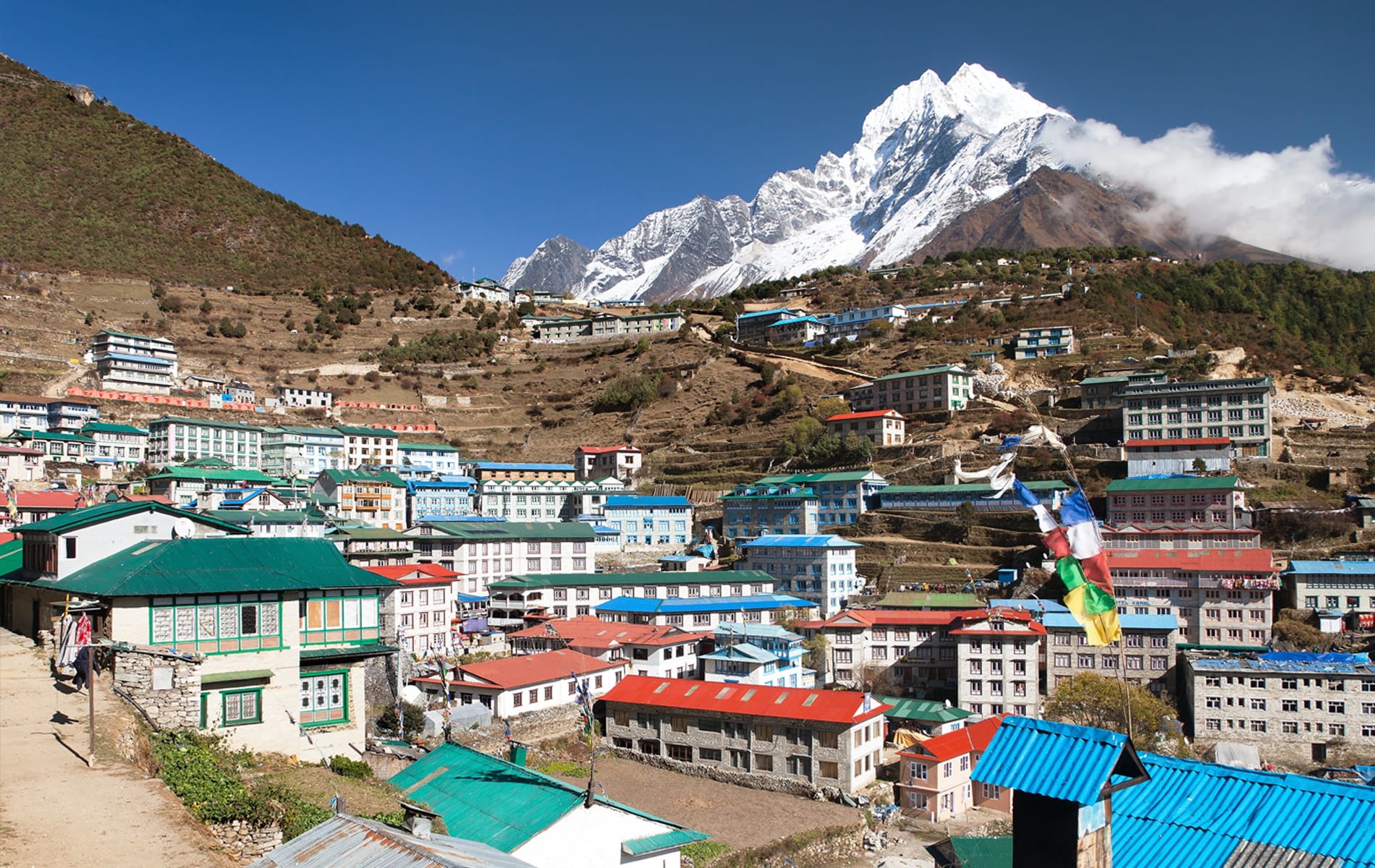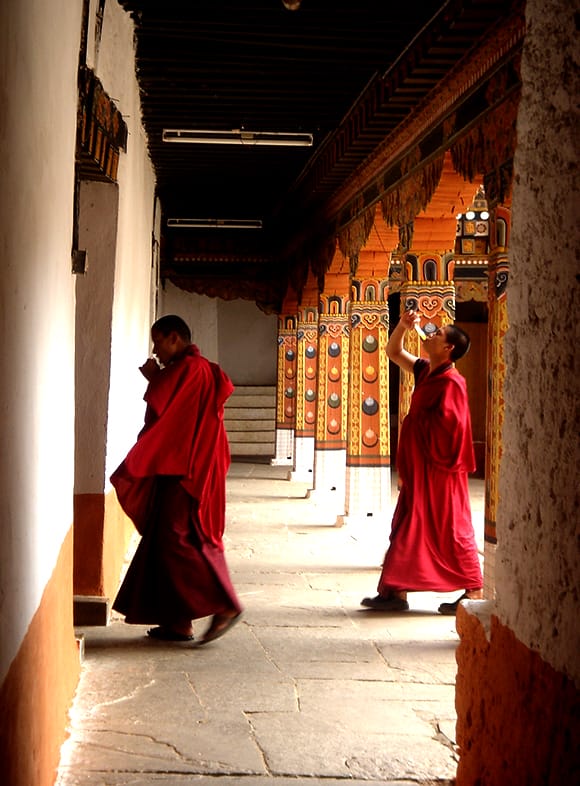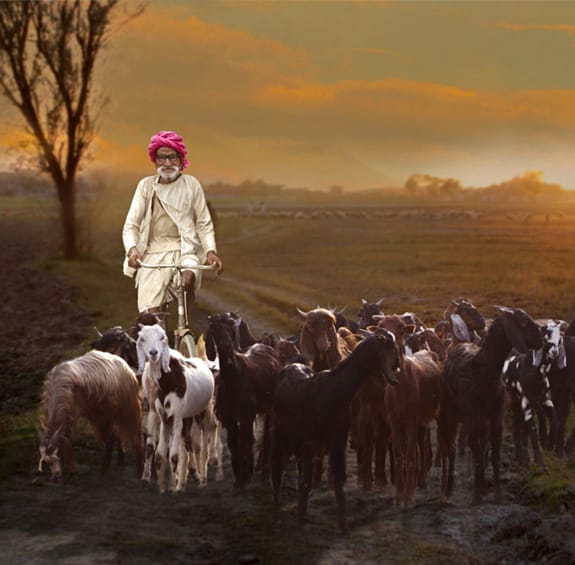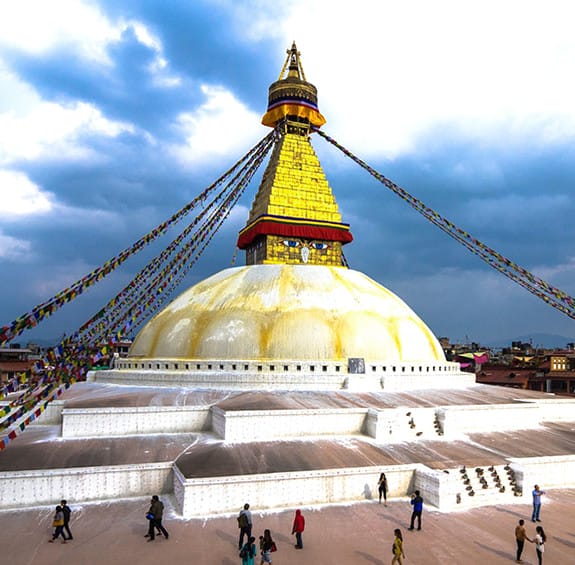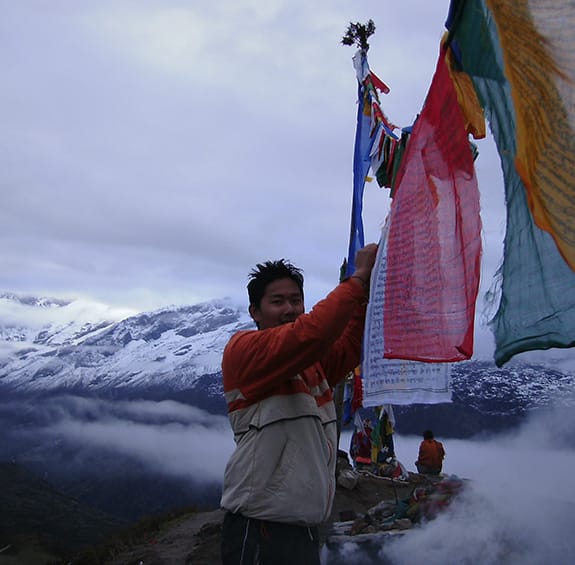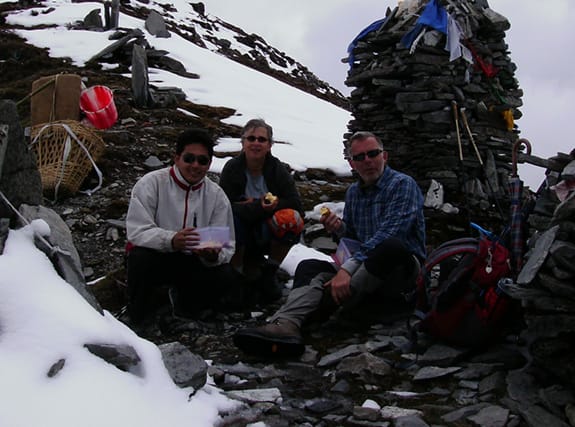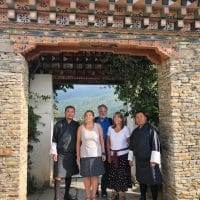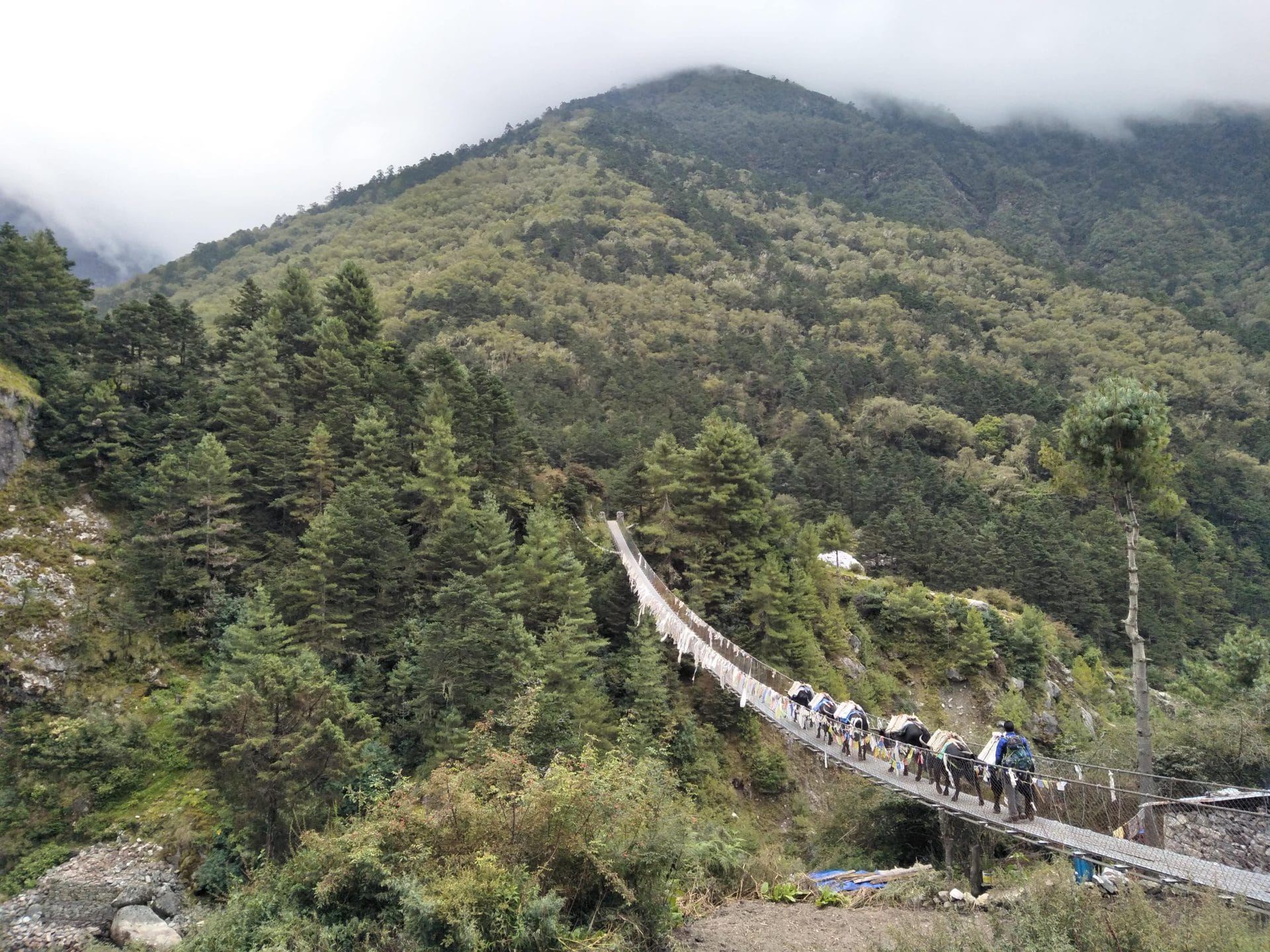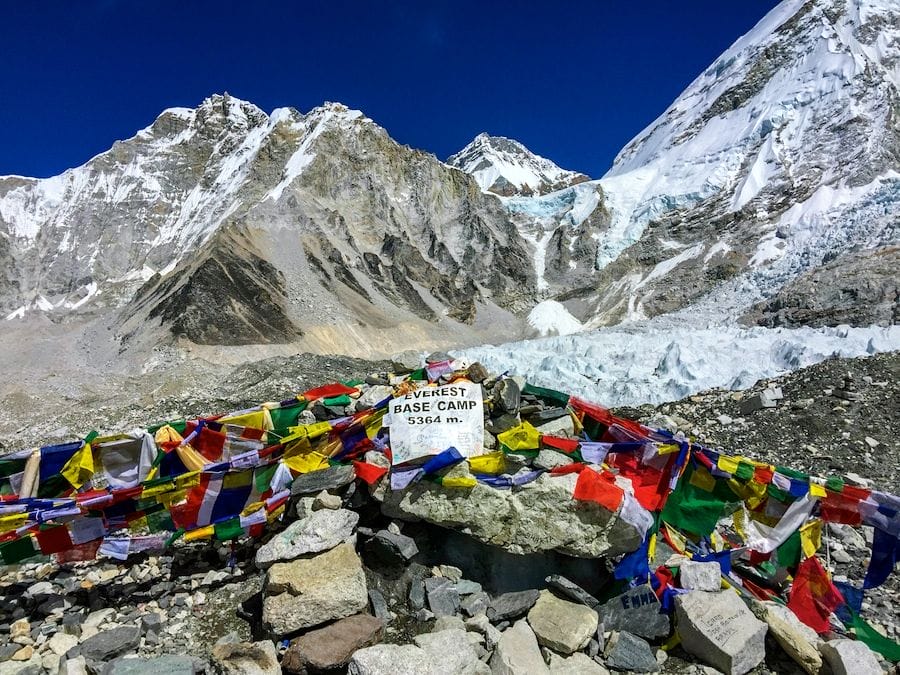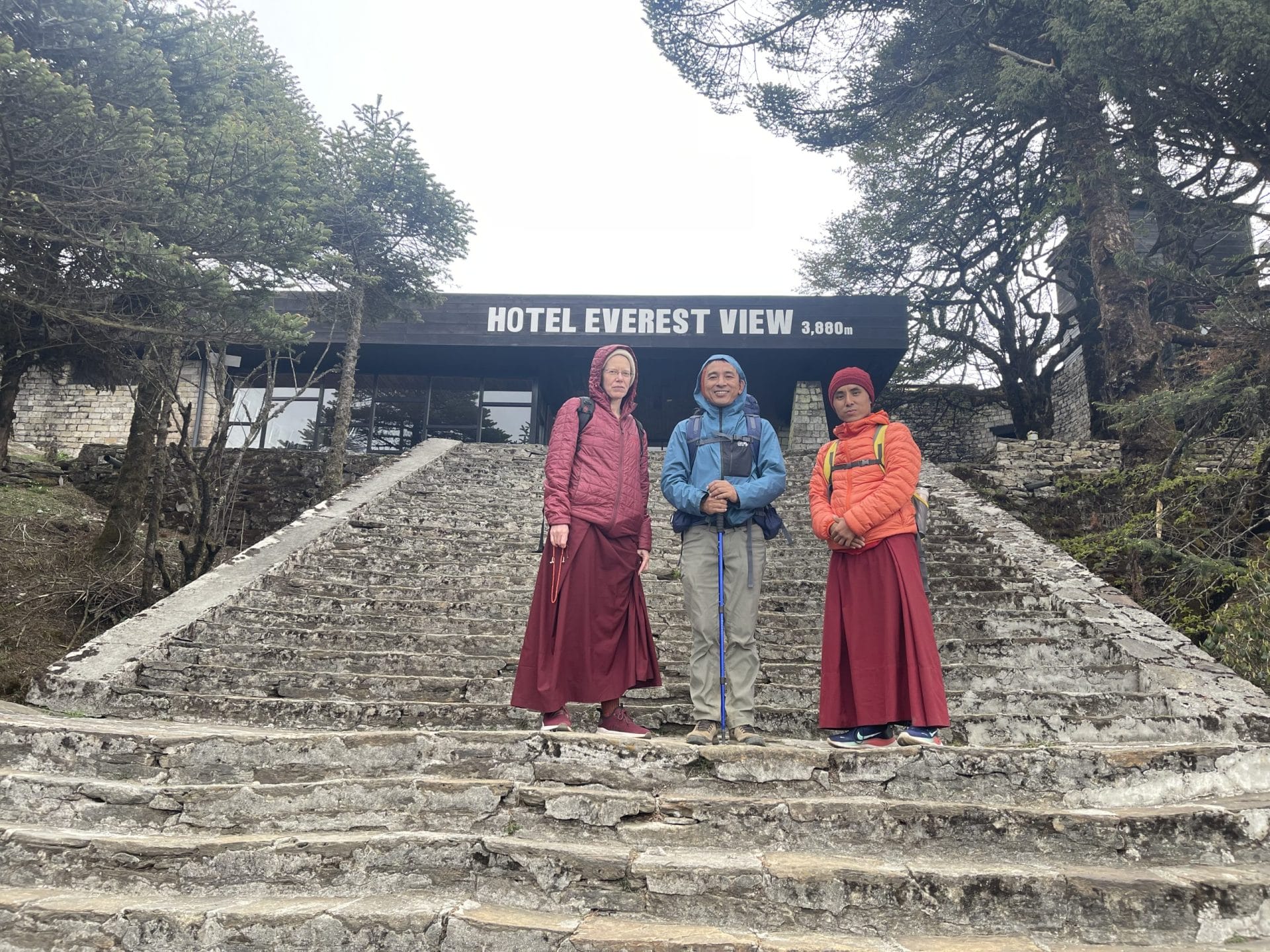Featured Trips
few notable journeys selected for You
Nothing in the world can prepare you for an astounding panorama that awaits you when you embark on a...
Everest View Walking Tour with Comfort Lodges The Everest View walking tour with Comfort Lodges is an exceptional journey...
The Everest Base Camp Heli Trek offers the most thrilling experience of trekking to the legendary Mount Everest Base...
Spanning more than a decade, the Drukyul Walking Tour of Bhutan stands as a cornerstone among our signature journeys....
The best 10 day tour option for Bhutan, Grand Cultural Tour of Bhutan is a step back in...
The Annapurna Circuit Trek stands as an iconic adventure, popular among trekkers for its blend of natural beauty, cultural...
Difference with Windhorse
Wind Horse Tours is well established adventure travel outfitter since 1998. We specialise in small group journeys and personalised custom private trips to Bhutan, India, Nepal and Tibet. Guide Books, Bhutan Tourism and several popular travel organisation recognises Wind Horse Tours as a leading tour operator for the region.
Effortless Booking
Simple, user-friendly steps for seamless and stress-free reservation experience.
Top Guides
We use select Few Guides who embody studiousness, honesty, empathy, and genuine passion for travel
Good Network
With our well-connected local network, your travel experience will be seamlessly smooth.
Priced Right
Fair Prices, ensuring value for money and satisfying travel experience.
Travel Destinations
Places We Love & Specialize


 +1 612 869 4949
+1 612 869 4949